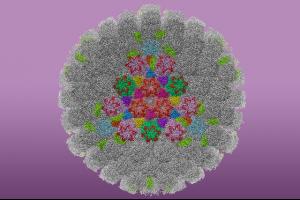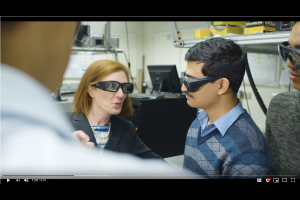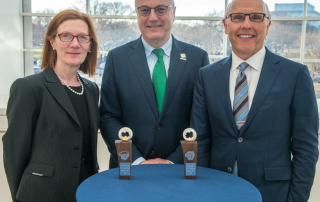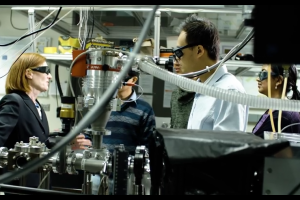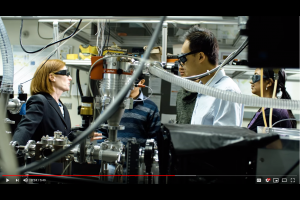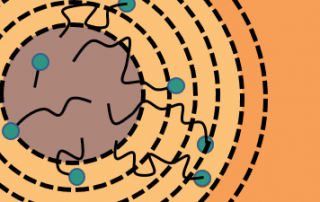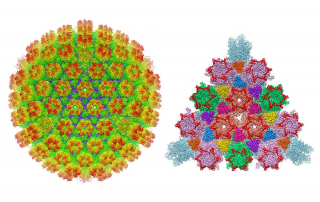Department of Energy Announces $99 Million for Small Business Research and Development Grants
STROBE’s Markus Raschke received a Phase II STTR to continue work with STROBE industry partner, Anaysis.
82 Grants Will Support Scientific Innovation
WASHINGTON, D.C. – U.S. Secretary of Energy Rick Perry announced that the Department of Energy will award 82 grants totaling $99 million to 69 small businesses in 26 states. Funded through DOE’s Small Business Innovation Research (SBIR) and Small Business Technology Transfer (STTR) programs, today’s selections are for Phase II research and development.

